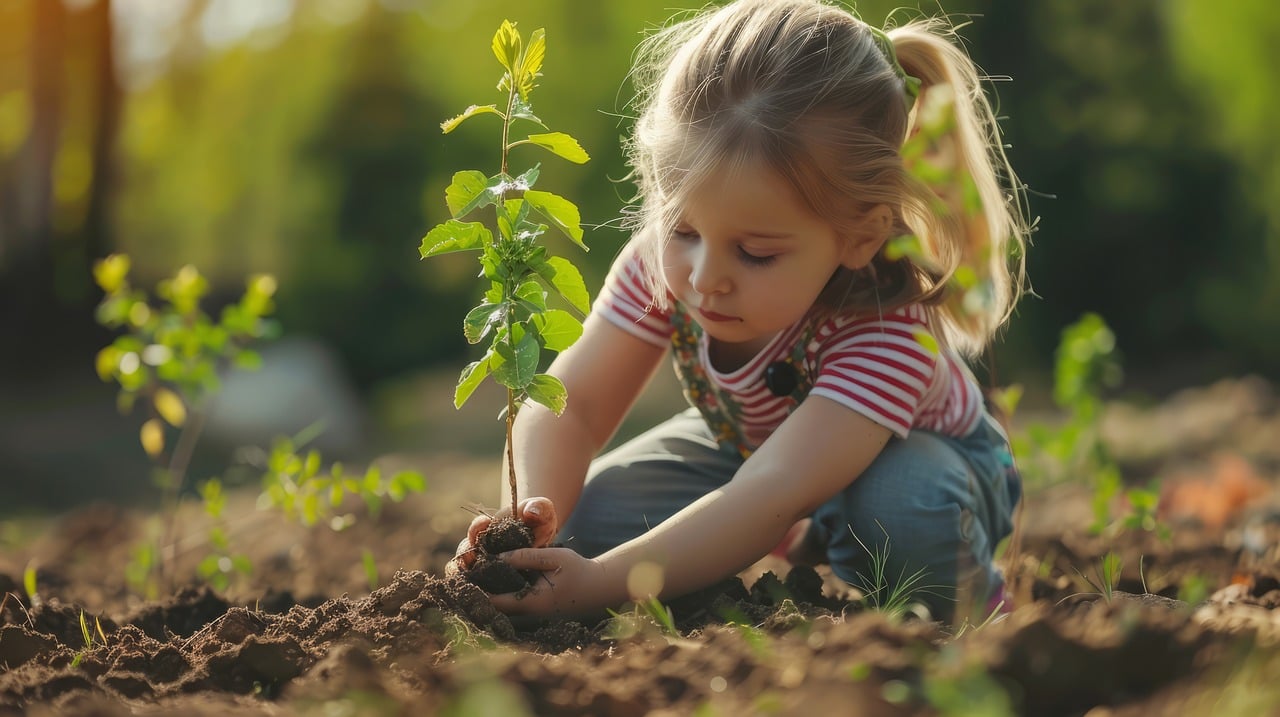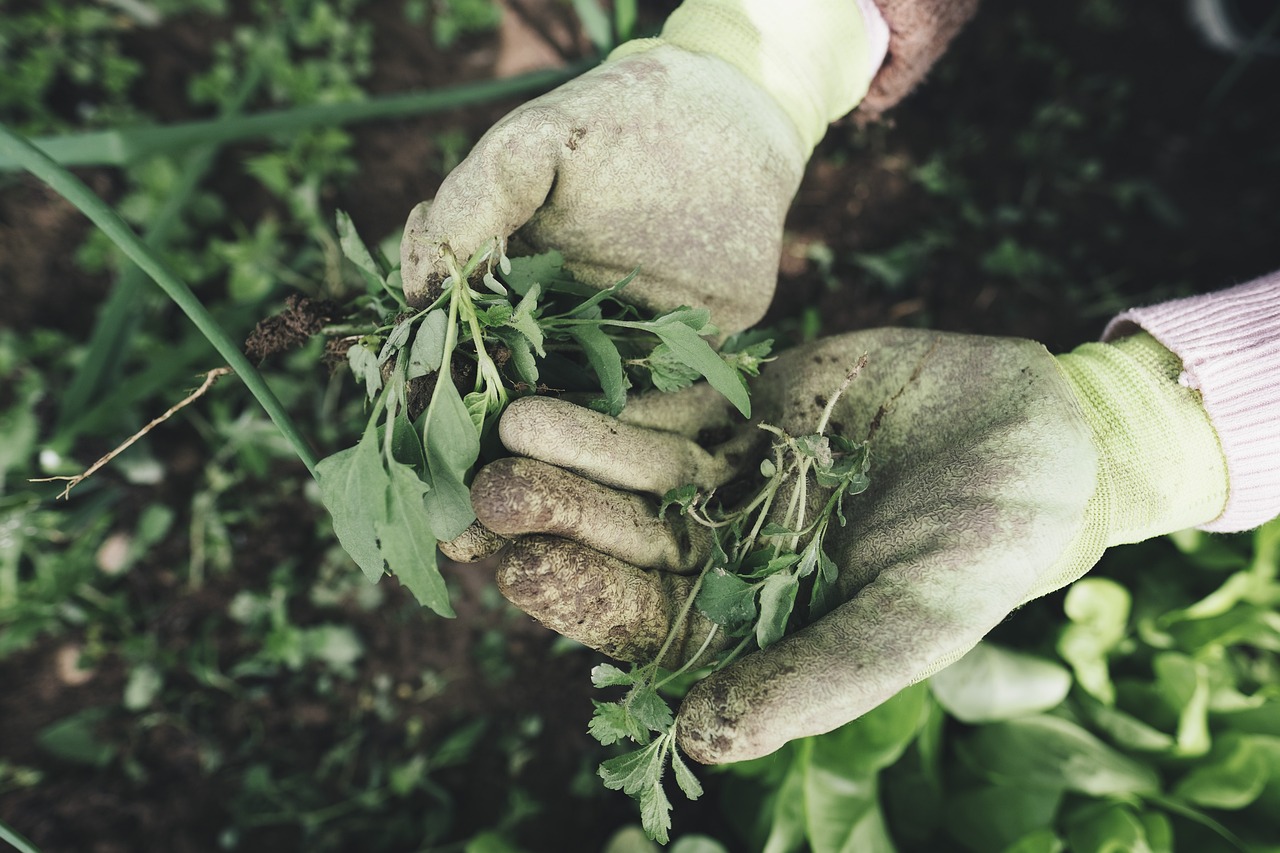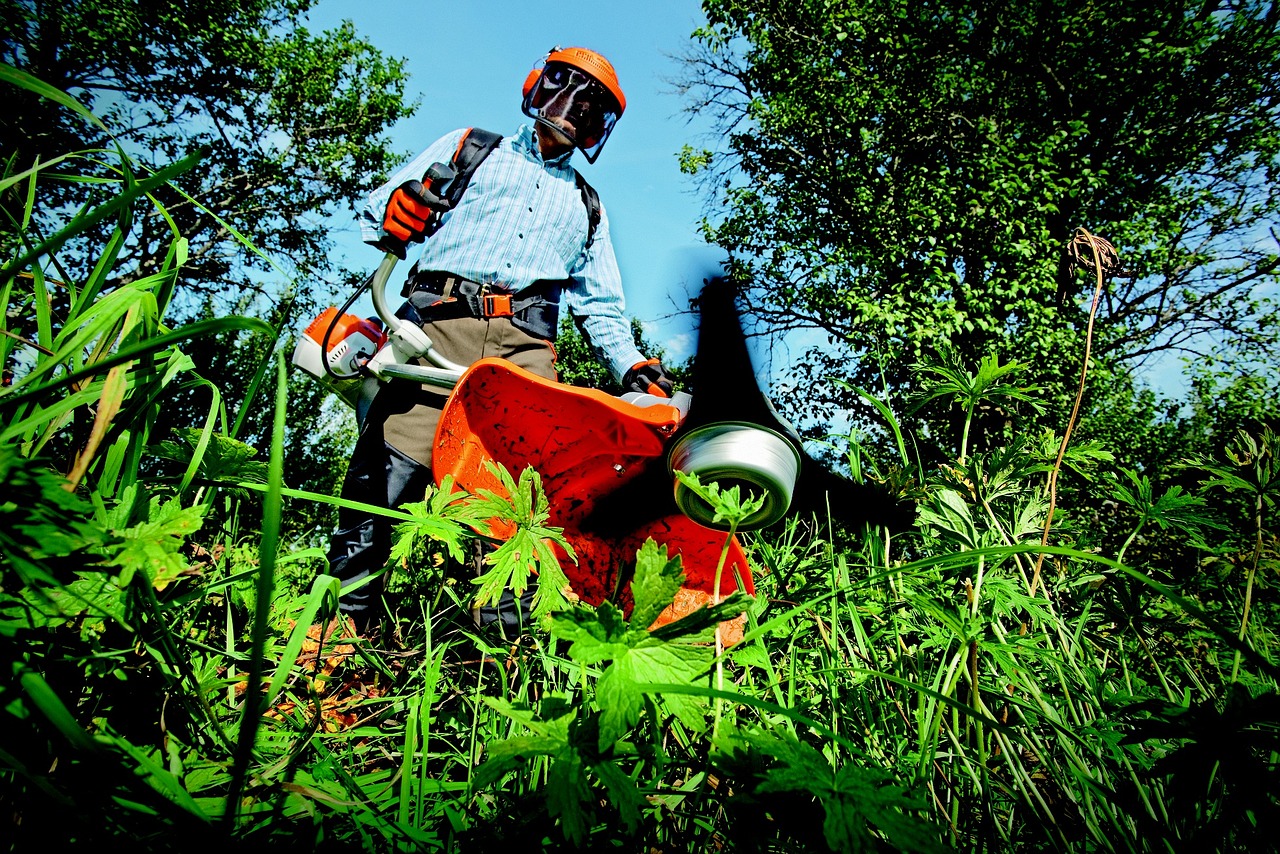Sustainable Gardening: Eco-Friendly Practices for Your Outdoor Space

Sustainable gardening is an approach to cultivating plants that focuses on environmental stewardship, resource conservation, and long-term ecological balance. It aims to create beautiful, productive outdoor spaces while minimizing negative impacts on the environment and maximizing benefits to local ecosystems.
Key Principles of Sustainable Gardening
The foundation of sustainable gardening rests on several core principles:
- Water conservation and efficient use
- Soil health and natural fertility management
- Biodiversity promotion
- Integrated pest management
- Waste reduction and recycling
- Energy efficiency
- Use of native and adapted plants
- Minimization of chemical inputs
These principles guide gardeners in making environmentally responsible choices that benefit both their gardens and the wider ecosystem.
Benefits of Sustainable Gardening
Adopting sustainable gardening practices offers numerous advantages over traditional methods:
| Aspect | Traditional Gardening | Sustainable Gardening |
|---|---|---|
| Water Use | Often excessive | Efficient, conservation-focused |
| Soil Health | May deplete over time | Improves with organic practices |
| Biodiversity | Limited | Encourages diverse plant and animal life |
| Chemical Use | Often heavy | Minimal to none |
| Cost | Can be high due to inputs | Lower long-term costs |
| Environmental Impact | Potentially negative | Positive, ecosystem-supporting |
| Resilience | Vulnerable to pests and climate changes | More resilient and adaptable |
Sustainable gardening not only benefits the environment but also creates healthier, more resilient gardens that require less input over time.
Choosing Native Plants
Incorporating native plants is a cornerstone of sustainable gardening, offering numerous benefits to both the garden and the local ecosystem.
Benefits of Native Plants
Native plants are well-adapted to local conditions, providing several advantages:
- Require less water once established
- More resistant to local pests and diseases
- Support native wildlife, including pollinators and birds
- Reduce the need for fertilizers and pesticides
- Help preserve local biodiversity
- Often require less maintenance than non-native species
- Contribute to the regional sense of place
By choosing native plants, gardeners can create beautiful landscapes that are both low-maintenance and ecologically beneficial.
Top Native Plants for Different Regions
Selecting the right native plants depends on your specific location. Here’s a table of popular native plants for various U.S. regions:
| Region | Plant Name | Type | Benefits |
|---|---|---|---|
| Northeast | Eastern Redbud | Tree | Early spring blooms, attracts pollinators |
| Southeast | Purple Coneflower | Perennial | Drought-tolerant, attracts butterflies |
| Midwest | Black-Eyed Susan | Perennial | Long-blooming, supports birds and insects |
| Southwest | Texas Sage | Shrub | Drought-resistant, attracts hummingbirds |
| Northwest | Oregon Grape | Shrub | Evergreen, produces edible berries |
| California | California Poppy | Annual | Drought-tolerant, self-seeding |
Research local native plant societies or extension offices for more region-specific recommendations tailored to your area’s unique climate and soil conditions.
Water Conservation Techniques

Efficient water use is crucial in sustainable gardening, helping to conserve this precious resource while maintaining a healthy garden.
Rainwater Harvesting
Collecting rainwater is an excellent way to reduce reliance on municipal water supplies. Here’s a simple guide to setting up a basic rainwater harvesting system:
- Choose a suitable location near a downspout
- Install a water diverter on the downspout
- Connect the diverter to a storage barrel or tank
- Ensure the barrel has a tight-fitting lid to prevent mosquito breeding
- Install an overflow pipe to direct excess water away from foundations
- Add a spigot near the bottom for easy access to collected water
Rainwater harvesting not only conserves water but also provides plants with natural, unchlorinated water that’s ideal for their growth.
Efficient Irrigation Methods
Switching to more efficient watering methods can significantly reduce water waste:
| Irrigation Method | Water Efficiency | Best For |
|---|---|---|
| Drip Irrigation | 90% | Vegetable gardens, flower beds |
| Soaker Hoses | 80% | Shrubs, trees, large planted areas |
| Sprinklers | 50-70% | Lawns, large open areas |
| Hand Watering | Varies | Container plants, targeted watering |
Drip irrigation and soaker hoses deliver water directly to plant roots, minimizing evaporation and runoff. They’re particularly effective for vegetable gardens and ornamental beds.
Mulching for Moisture Retention
Mulching is a simple yet effective technique for conserving soil moisture:
- Reduces evaporation from the soil surface
- Suppresses weed growth, reducing competition for water
- Moderates soil temperature fluctuations
- Improves soil structure as organic mulches decompose
Suitable organic mulching materials include:
- Bark chips or shredded bark
- Straw or hay (ensure it’s weed-free)
- Leaves or leaf mold
- Grass clippings (in thin layers)
- Compost
- Pine needles (for acid-loving plants)
Apply a 2-4 inch layer of mulch around plants, keeping it a few inches away from stems to prevent rot. Refresh the mulch layer annually or as needed to maintain its effectiveness.
By implementing these water conservation techniques, sustainable gardeners can significantly reduce their water usage while maintaining healthy, vibrant plants. These practices not only benefit the environment but also lead to more resilient gardens that can better withstand periods of drought or water restrictions.
Soil Health Management
Maintaining healthy soil is fundamental to sustainable gardening. Nutrient-rich, well-structured soil supports plant growth, improves water retention, and fosters beneficial microorganisms.
Composting
Composting is a cornerstone of sustainable soil management, turning organic waste into nutrient-rich humus.
Compostable materials:
- Fruit and vegetable scraps
- Coffee grounds and tea bags
- Eggshells
- Grass clippings
- Leaves and yard trimmings
- Shredded paper and cardboard
- Wood ash (in small quantities)
| Composting Dos | Composting Don’ts |
|---|---|
| Balance green and brown materials | Add meat, dairy, or oily foods |
| Keep compost moist | Overwater the pile |
| Turn regularly for aeration | Include diseased plants |
| Monitor temperature | Add pet waste |
| Use a variety of materials | Include synthetic materials |
Organic Fertilizers
Organic fertilizers provide nutrients while improving soil structure and supporting microbial life.
Common organic fertilizers and their uses:
- Compost: All-purpose soil amendment
- Bone meal: High in phosphorus, good for root development
- Blood meal: Rich in nitrogen, promotes leafy growth
- Fish emulsion: Balanced nutrients, ideal for vegetables
- Seaweed extract: Micronutrients and growth stimulants
- Worm castings: Nutrient-rich, improves soil structure
Crop Rotation and Companion Planting
Crop rotation and companion planting maintain soil health, prevent pest buildup, and optimize nutrient use.
Companion planting pairs:
| Plant | Compatible Companion |
|---|---|
| Tomatoes | Basil, Marigolds |
| Carrots | Onions, Leeks |
| Beans | Corn, Potatoes |
| Lettuce | Radishes, Cucumbers |
| Peppers | Onions, Spinach |
Rotate crops annually, grouping plants by family to prevent soil depletion and disease accumulation.
Pest Control Without Chemicals

Sustainable gardening emphasizes natural pest management to maintain ecological balance.
Natural Predators and Beneficial Insects
Encouraging beneficial insects provides natural pest control:
- Ladybugs: Control aphids, mites, and scale insects
- Lacewings: Feed on aphids, thrips, and small caterpillars
- Praying mantises: Eat a variety of garden pests
- Parasitic wasps: Control caterpillars and aphids
- Ground beetles: Consume slugs, snails, and cutworms
- Hoverflies: Larvae feed on aphids and other soft-bodied pests
Organic Pesticides
When needed, organic pesticides offer a safer alternative to synthetic chemicals:
| Pesticide Recipe | Ingredients | Application |
|---|---|---|
| Garlic Spray | Garlic cloves, water | Spray on affected plants |
| Neem Oil Solution | Neem oil, water, mild soap | Apply to leaves and stems |
| Diatomaceous Earth | Food-grade DE | Sprinkle around plants |
| Soap Spray | Liquid soap, water | Spray on insects directly |
Always test homemade solutions on a small area first to ensure plant safety.
Creating Wildlife Habitats
Supporting local wildlife enhances biodiversity and natural pest control in your garden.
Bird and Pollinator-Friendly Gardens
Attract birds and pollinators with:
- Native flowering plants
- Variety of bloom times and shapes
- Water sources (bird baths, shallow dishes)
- Nesting materials (twigs, grass clippings)
- Shelter (dense shrubs, trees)
Pollinator-friendly plants:
- Lavender
- Echinacea
- Sunflowers
- Bee balm
- Butterfly bush
- Milkweed
Building Shelters and Habitats
Creating wildlife shelters supports biodiversity. Here’s a simple guide for building a bee hotel:
- Gather hollow stems or drill holes in a block of untreated wood
- Cut stems to 6-8 inch lengths
- Bundle stems or insert them into the drilled block
- Place the hotel in a sunny, sheltered spot
- Ensure the opening faces south or southeast
- Protect the hotel from rain with an overhang
Minimizing Garden Waste
Reducing waste is crucial for a truly sustainable garden.
Recycling and Upcycling in the Garden
Creative ways to repurpose materials:
- Use old pallets for vertical gardening
- Convert tires into planters
- Repurpose plastic bottles as mini greenhouses
- Turn broken pots into mosaic pathway stones
- Use cardboard as biodegradable weed barriers
Sustainable Garden Tools and Materials
| Traditional | Sustainable Alternative |
|---|---|
| Plastic pots | Biodegradable pots or fabric grow bags |
| Gas-powered mower | Push reel mower or electric mower |
| Chemical fertilizers | Compost or organic fertilizers |
| Peat-based compost | Coir or leaf mold |
| Plastic garden ties | Natural twine or plant-based ties |
Opt for durable, sustainably-made tools to reduce environmental impact and long-term waste.
Conclusion
Sustainable gardening practices offer a holistic approach to creating beautiful, productive outdoor spaces while supporting environmental health. By implementing techniques such as composting, water conservation, natural pest control, and wildlife support, gardeners can cultivate thriving ecosystems that benefit both their local environment and the broader planet.
Embracing these eco-friendly methods not only reduces the environmental footprint of your garden but also creates a more resilient, low-maintenance space that connects you more deeply with nature. As you incorporate these practices, you’ll discover that sustainable gardening is not just about what you grow, but how you grow it – fostering a harmonious relationship between your garden and the natural world.
Remember, every small step towards sustainability makes a difference. Start with what feels manageable and gradually expand your practices. Your garden will not only flourish but will also become a model of environmental stewardship, inspiring others to adopt sustainable practices in their own outdoor spaces.
